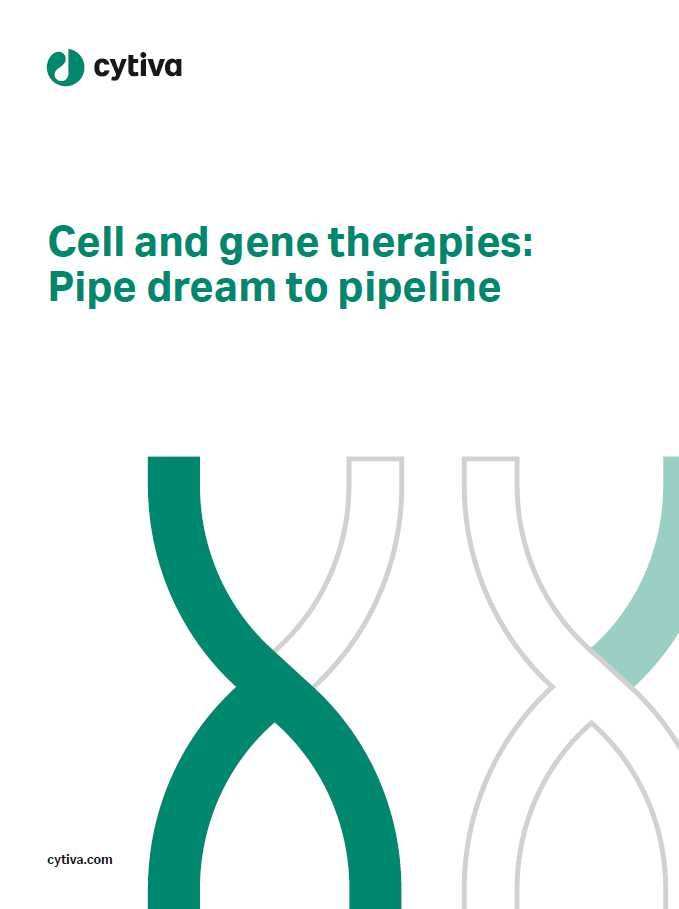

Atsena Therapeutics has announced positive preliminary data for its gene therapy candidate ATSN-201 for the treatment of X-linked retinoschisis (XLRS).
The US-based gene therapy company revealed that two of the three patients in the first cohort of the ongoing LIGHTHOUSE study showed extensive resolution of schisis, abnormal splitting of retinal layers, after dosing with ATSN-201.
The LIGHTHOUSE study (NCT05878860) is evaluating ATSN-201 in male patients aged six and older with a clinical diagnosis of XLRS caused by mutations in the RS1 gene.
During the first cohort, which received a low dose, two of the three patients showed resolution of schisis starting at eight weeks after dosing with continued resolution observed through week 24.
Early efficacy was also observed using microperimetry with improvements of up to 14dB seen in one patient, The US Food and Drug Administration (FDA) considers an improvement of at least 7dB to be clinically meaningful.
ATSN-201 was well tolerated with no serious adverse events reported.
How well do you really know your competitors?
Access the most comprehensive Company Profiles on the market, powered by GlobalData. Save hours of research. Gain competitive edge.

Thank you!
Your download email will arrive shortly
Not ready to buy yet? Download a free sample
We are confident about the unique quality of our Company Profiles. However, we want you to make the most beneficial decision for your business, so we offer a free sample that you can download by submitting the below form
By GlobalDataAtsena Therapeutics’s chief medical officer Dr Kenji Fujita said: “The favourable safety profile and early efficacy observed in patients treated with ATSN-201 in the low-dose cohort of the LIGHTHOUSE study are very encouraging. We’re particularly pleased to have clinical validation of AAV.SPR’s ability to spread laterally well beyond the subretinal injection blebs.”
The LIGHTHOUSE study is a Phase I/II open-label, dose-escalation, and dose-expansion trial with four active study sites in the US. There will be a total of four cohorts consisting of 18 patients enrolled in the study. Dosing for the second cohort is now underway.
ATSN-201 is a subretinal candidate that delivers the RS1 gene in the eye to potentially achieve a functional cure for patients. The candidate leverages a novel spreading capsid AAV.SPR to overcome the challenges associated with intravitreally delivered AAVs.
XLRS landscape
XLRS is a genetic eye disorder that primarily affects males. It is caused by mutations in the RS1 protein, which is responsible for mediating cell-cell adhesion in retinal photoreceptors and bipolar neurons.
XLRS is characterised by schisis, or abnormal splitting of retinal layers, which causes impaired visual acuity that is not correctable with glasses and leads to progressive vision loss and ultimately blindness. The disorder impacts approximately 30,000 males in the US and EU and there are no approved treatments.
There is no FDA-approved disease-modifying therapies, however, early intervention through gene therapy has shown significant potential to reverse or stabilise disease progression and prevent vision loss.
Editorial content is independently produced and follows the highest standards of journalistic integrity. Topic sponsors are not involved in the creation of editorial content.







